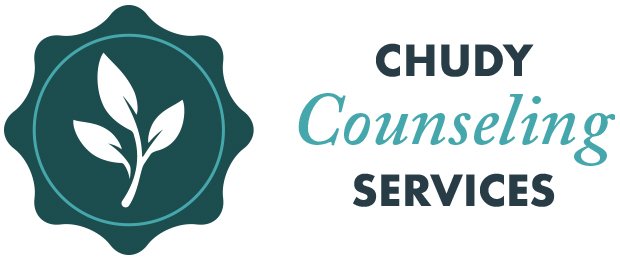OCD Treatment
About 1 out of 50 adults in the United States currently has OCD, or about 3 million people; twice that many have had it at some point in their lives. Research indicates that the success rates for treating OCD are often much higher than for many other mental health problems.
People with OCD experience uncontrollable obsessions and/or compulsions (usually both) which they often realize are excessive or unreasonable. Obsessions are recurring thoughts, images, or impulses that are intrusive/unwanted and cause the person considerable anxiety or other forms of distress (i.e., disgust, a “not right” feeling). Common types of obsessions include concerns about germs/contamination, doubts about whether a task was completed (i.e, locking the front door, turning off the lights and the stove), worries about causing harm to oneself or others, unwanted sexual thoughts, concerns about moral or religious issues, urge to do things in a “just right” way (i.e., put the thing in certain places, do things in a certain order), and superstitious thoughts (i.e., beliefs that if certain things are not done “right” bad things will happen).
Compulsions, or rituals, are the repetitive behaviors that individuals with OCD typically perform in response to their obsessive thoughts. These behaviors are done in an attempt to get temporary relief from the anxiety and distress caused by obsessions. Compulsions can include both behaviors that others can see, as well as mental rituals that take place in one’s mind. The most common types of compulsions involve repeatedly washing or cleaning one’s hands or other objects, checking things in the environment (i.e., locks, lights, stove), counting, repeating activities until they feel “right,” and rearranging objects until they are in the “right” place. Mental rituals can involve thinking “good” thoughts to cancel out “bad” thoughts, praying, repeating phrases in one’s mind, and spending long periods of time trying to analyze situations to feel more certain about them.
How do we treat OCD?
Learning to gradually face your fears is one of the most effective ways to break the OCD cycle. For OCD, the technique for facing fears is called Exposure and Response Prevention. According to the International OCD Foundation, traditional talk therapy tries to improve a psychological condition by helping the patient gain “insight” into their problems. Talk therapy can be a very valuable treatment for some disorders, but it has not been shown to be effective at treating the active symptoms of OCD. While talk therapy may benefit at some point, it is important to try ERP and/or medication first, as they are the types of treatment that have been shown through extensive research to be the most effective for treating OCD.

